Estimated reading time 10 minutes, 35 seconds.
Whether women are involved in the aviation industry as a vocation or avocation, Canadian Women in Aviation (CWIA) is dedicated to supporting them from that initial spark of interest all the way through to a lifelong investment in aviation, “in whatever capacity they decide to take it,” according to Capt Chelsey Llewellyn, a maritime helicopter captain and crew commander in the Royal Canadian Air Force (RCAF).
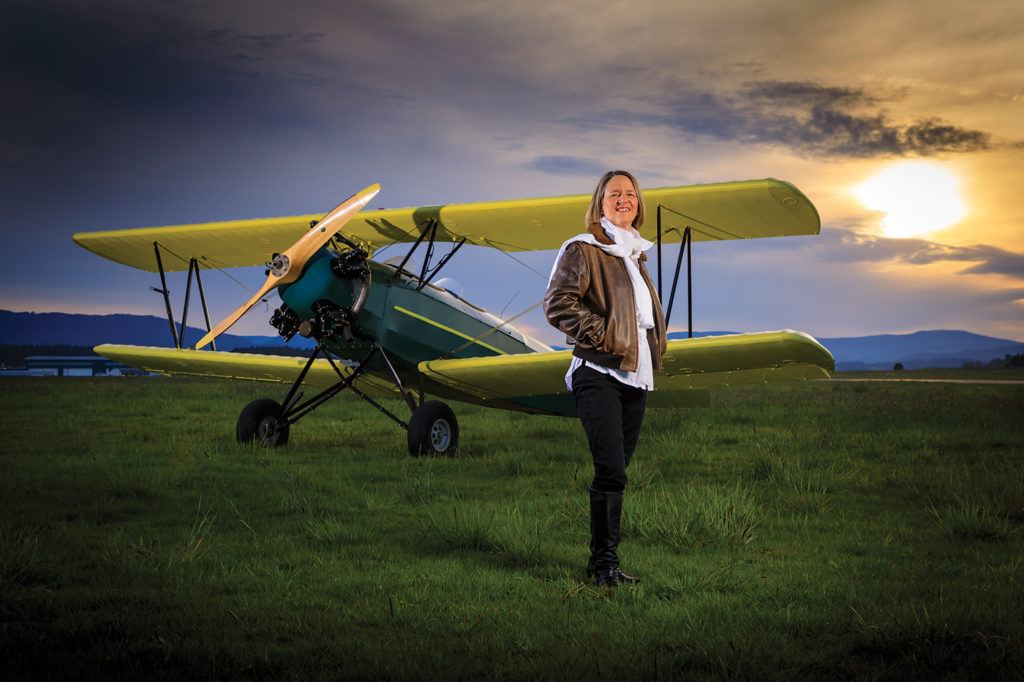
Llewellyn co-chaired CWIA’s recent 2017 conference, themed “Rise and Thrive,” which took place at Southern Alberta Institute of Technology’s Calgary campus from June 21 to 24. CWIA’s 14th conference was attended by 170 registrants from across Canada, as well as from the U.S. and overseas.
A biennial event that has been held since 1991, the CWIA conference provides women with a unique perspective that “cuts through a lot of the isolation that women in aviation experience,” said Llewellyn, who co-chaired the conference with Contessa Bishop, a Q400 captain with Jazz Aviation. “It’s about professional development, networking, creating friendships, and mentorship. It’s about promoting women to enter the field of aviation–a career that has no gender limitations.”
CWIA is a non-profit organization that is completely volunteer-run, with the mission of supporting, educating and fostering networks for women in aviation. This year’s conference included nearly two dozen speakers, as well as a tradeshow and recruiting expo; and half a day of tours to a variety of organizations and locations in Calgary, including WestJet, Viking Air, the Calgary Police Air Support Unit, the Calgary Airport Authority and SAIT Aerospace.
Marcia Strang, who works as an emergency planner with the Vancouver Airport Authority, has been attending CWIA conferences since 1991.
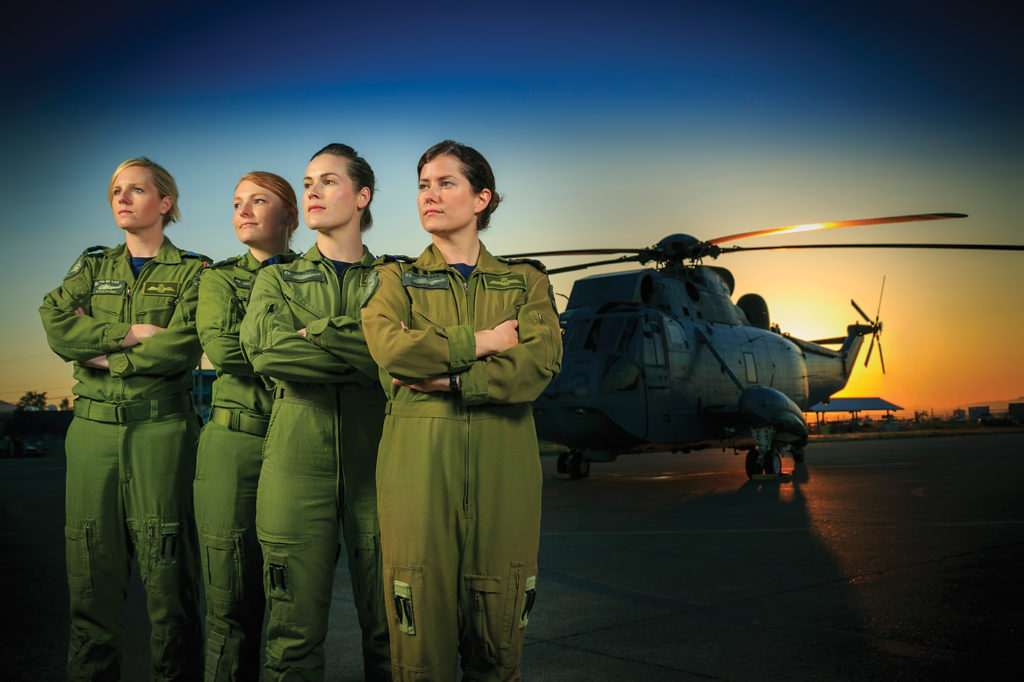
“There is great value in holding these kinds of events for women to get together,” said Strang, an organizing committee member for this year’s conference. “We are always looking for ways for women to feel included, and to help mentor each other in aviation.”
The CWIA conference is an inclusive event, open to both men and women, Strang added. “We want everyone to feel welcome and be heard. You don’t have to be a member of a club, and you don’t have to join any organization to attend.”
More than 23 speakers, including military experts and industry leaders, presented at the conference.
Here’s what some of them had to say:
Developing leaders
Maj Gen Tammy Harris, deputy commander of the Royal Canadian Air Force–the first woman to hold such a post in the entire Canadian Armed Forces–described the CWIA conference as an outstanding way for women to strengthen their voice.
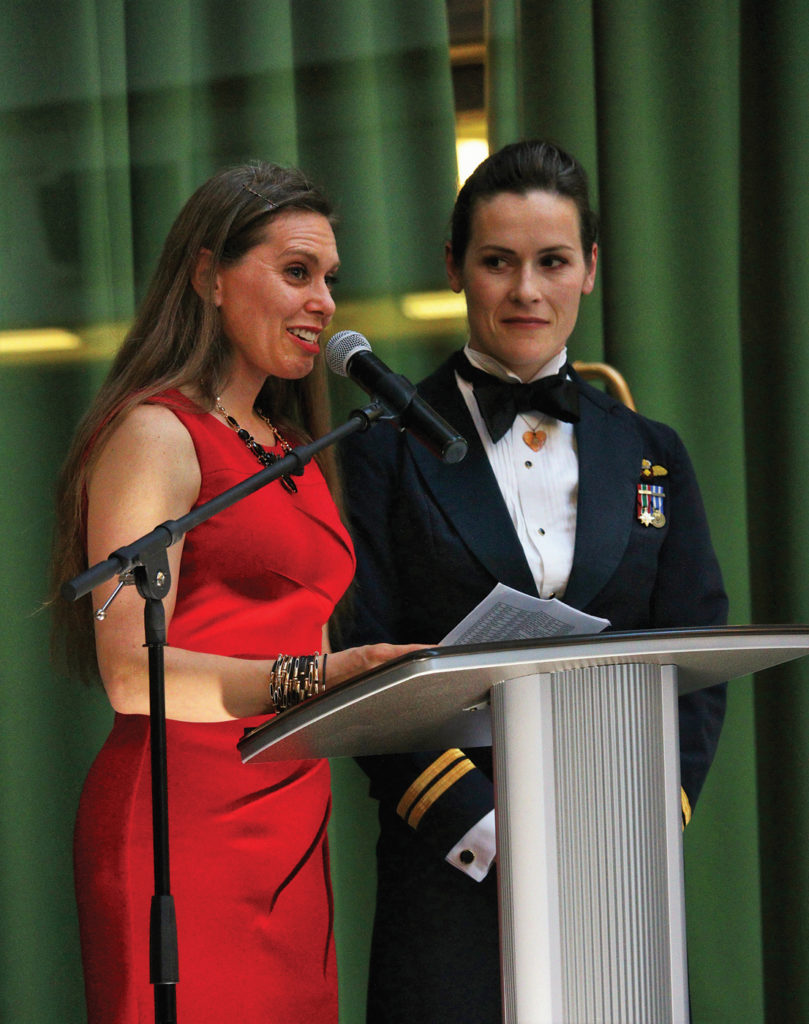
“Your voice, your career, your choices, your leadership, your mentorship, your wins, your failures, your courage and your strength–all these things come together to enable you to change the world around you,” she told CWIA conference participants.
“By extension, you cause a ripple effect that is changing the world. You are making a difference, and you are a catalyst for change. Other people are watching, and are going to pick up on what you do. Being a woman in 2017 is both a privilege and a responsibility. It’s a privilege, because we live in a democracy where we can go out and have a voice. And it’s a responsibility, to continue moving forward and help those who haven’t found their voice yet, to find theirs.”
Trailblazers
Many of the speakers addressed the need to encourage the next generation of women to consider a career in aviation.
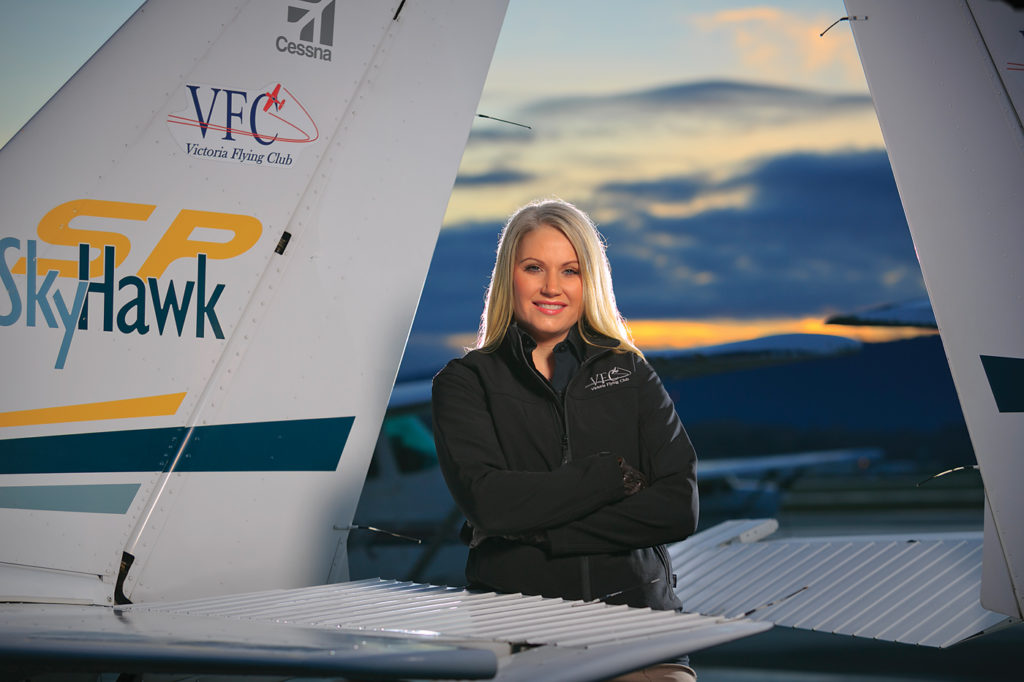
Capt Judy Cameron, the first female pilot hired by Air Canada in 1978 and the first female Boeing 777 captain in Canada, described being a pilot as “the best job in the world.” She encouraged more women to enter the field.
“Women rarely seek out non-traditional careers such as those in aviation,” she said, noting that females make up just five per cent of airline pilots worldwide. (Air Canada is doing slightly better than average, with 210 women pilots out of a total 3,491).
Cameron, who believes it’s important to make women in aviation more visible, advised CWIA conference attendees to pursue their dreams relentlessly.
“The reason I got to where I am today is that I worked to achieve what I did. I was following a very strong role model, my mother, who was a single mother in the ’50s and brought me up to believe I could be anything I wanted to be,” said Cameron, who is now retired.

“Don’t let anyone dissuade you, and do not limit yourself–believe in your own abilities,” she said. “If you believe in yourself, anything is possible. Pursue excellence. When you do your very best with all your heart, the sky is certainly the limit. Don’t give up. And don’t take no for an answer.”
Tracy Medve, president of KF Aerospace, told conference attendees that it’s important not to be afraid to tackle something new, even if it’s in an area they don’t know a lot about, “because you’ll always learn something new and useful that will take you to the next step, and the next step beyond that. It’s important to work hard. If you give your utmost effort in everything you do, if you’ve got a good track record of taking on responsibility and showing initiative, you will be recognized as someone who can be trusted and relied on.”
MWO Laurie Moore, RCAF traffic technician and CC-130/CC-177 loadmaster, described aviation as an exciting and deeply rewarding industry. Even when there are tremendous challenges, “you’re going to find your way around it,” she said. “Just because it’s difficult doesn’t mean you can’t overcome it. Not all obstacles are roadblocks and you need to recognize the fact that it’s only an obstacle.”
To bring more women into the industry, “we need to make women in aviation an acceptable norm,” said Capt Kaylee Horn, a helicopter instructor and school flight safety officer with 3 CFFTS Canadian Forces Flying Training School.
Horn, who spoke about women in aviation from a transgender perspective within the RCAF, believes that the only way things will change is to make women more visible in their roles.

“The only way you represent societal norms is to be visible,” she noted. “Visibility sets the norm for the public. Visibility sets the tone for what women can do.”
As part of her own routine, Horn will wear her flight suit while doing after-work errands, instead of going home and changing first. This way, people not only see her, they’ll also strike up conversations with her. She gets a lot of kids coming up and asking her about her job.
When women have the opportunity to be visible, and if they want to be visible, Horn encourages them to do so–for example, by appearing at airshows and at public events.
Attracting women into the aviation industry is just the first step, she believes. The next step is how to keep them.
“The few who make it often feel isolated,” said Horn, who thinks that mentorship helps give women both a sense of community and a sense of direction for their career.
In her presentation, Horn spoke about her experience as a transgender woman. Born male, “I always kind of knew I was a woman at heart, but didn’t know how to speak that out, so I stayed hidden. I didn’t see another way to exist in this world and support myself,” she said.
Then she reached a point in mid-life when she realized that she didn’t have a life. “I got to a point where there was no value in it. I had to make the decision to either end my life, or accept the difficult path of transitioning.”

Looking back, four years later, “that was the right decision for me,” said Horn, 45, who sees society changing rapidly, allowing more people to express who they truly are.
She added: “The best thing is that women are capable, and are currently in every job in the aviation industry.”
A systems approach to aviation safety
“In today’s environment, what we are learning is that it really takes a systems approach to safety,” said Kathy Fox, chair of the Transportation Safety Board of Canada (TSB).
A systems approach to safety not only includes training and preparation for aircraft crew, but also considers the operating environment in which people are working, said Fox, noting that companies must be able to manage their safety risk with formal processes, and demonstrate they can effectively manage that risk.
On its watchlist, the TSB has identified a number of recurring safety issues that warrant more attention from the government, Transport Canada and industry alike. Among 10 key transportation safety issues, there are three related to aviation: unstable approaches, runway overruns, and risk of collisions on runways. There are also two multimodal issues: safety management and oversight, and slow progress addressing TSB recommendations.
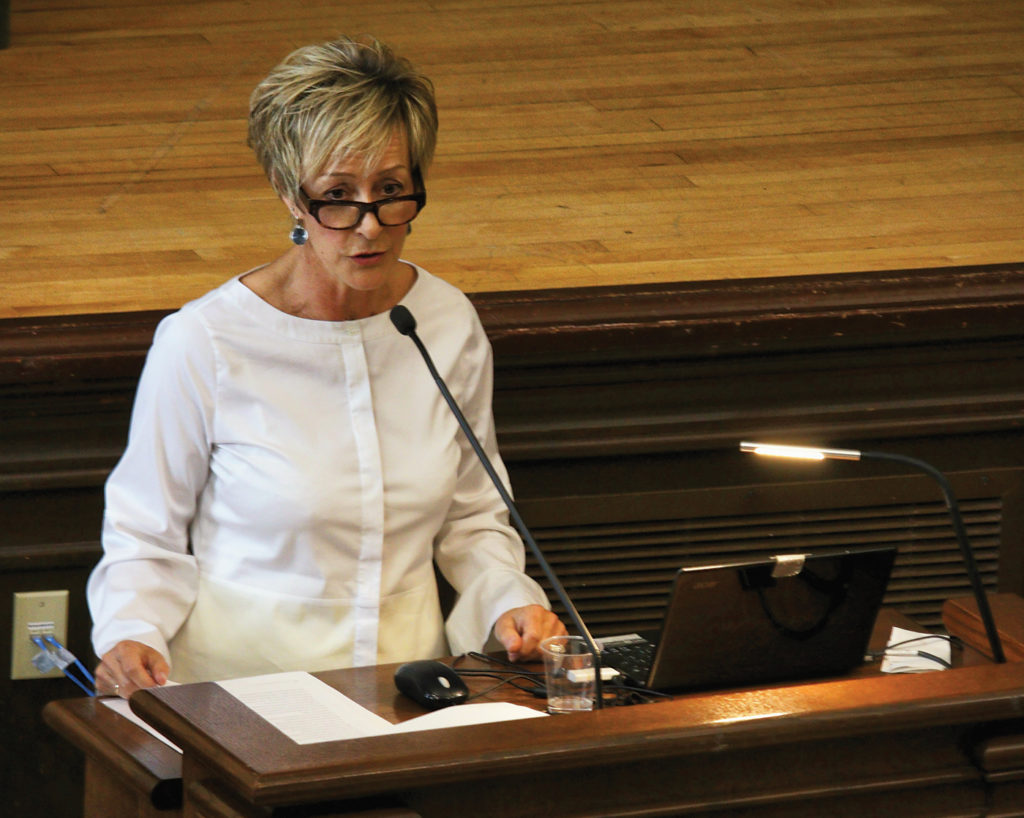
“Industry doesn’t have to wait for the government or the regulator, Transport Canada, to act,” said Fox. “They can take voluntary steps to reduce the risk in their operation.”
Into the future
“My hope is that one day, it will just be ‘people’ in the aviation industry–that gender will be irrelevant,” said Colleen Halpin, vice chief of defence staff CWO, the first woman in the Canadian Armed Forces to hold this appointment.
“When everyone has equal opportunity to do what they want to do–to take that gender piece out of the equation, and to just be successful Canadians in aviation–that will be a good day.”
The next CWIA conference will take place in 2019.
Jacqueline Louie is a Calgary-based freelance writer. Her work appears in magazines, newspapers, and online.

